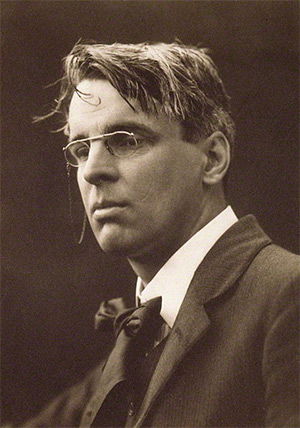Death of W.B. Yeats
The great poet passed away aged 73 on January 28th, 1939.

Awarded the Nobel Prize for Literature in 1923, William Butler Yeats was one of the 20th century’s greatest poets. From an Anglo-Irish family, he grew up partly in London and partly in Dublin and became passionately interested in pagan Irish tradition and its myths, legends and folk tales. He would become a fervent Irish nationalist, an Irish senator and one of the founders of the Abbey Theatre in Dublin. He was also fascinated by the occult and joined the Theosophical Society and the Order of the Golden Dawn, an English occult group. Another member was the notorious Aleister Crowley, self-styled Beast 666.
Late in November 1938 Yeats and his wife George left London for the French Riviera. She was Georgie when she married him in 1917 when he was 52 and she was 25, but George to Yeats. They stayed at the Hôtel Idéal Séjour in Menton. Their son Michael joined them. The poet’s health was in decline and a local doctor prescribed morphine. Yeats died peacefully at about two o’clock on a Saturday afternoon, aged 73. He was buried two days later by a local Anglican clergyman in a hasty private ceremony at Roquebrune. Yeats had told George that when the time came he wanted to be buried there and then a year later, when the newspapers had forgotten him, ‘dig me up and plant me in Sligo’.
When the news got out there were demands for a public funeral in Ireland, but George insisted on honouring her husband’s wishes. Because of the war it took time, but in 1948, with the Irish government’s enthusiastic collaboration, the poet’s remains were taken to Ireland in an Irish navy warship and interred at the small Protestant church at Drumcliff in his adored County Sligo. The epitaph was taken from his own lines in his poem ‘Under Ben Bulben’, a peak in the nearby Dartry Mountains.
Cast a cold eye
On life, on death:
Horseman, pass by!




